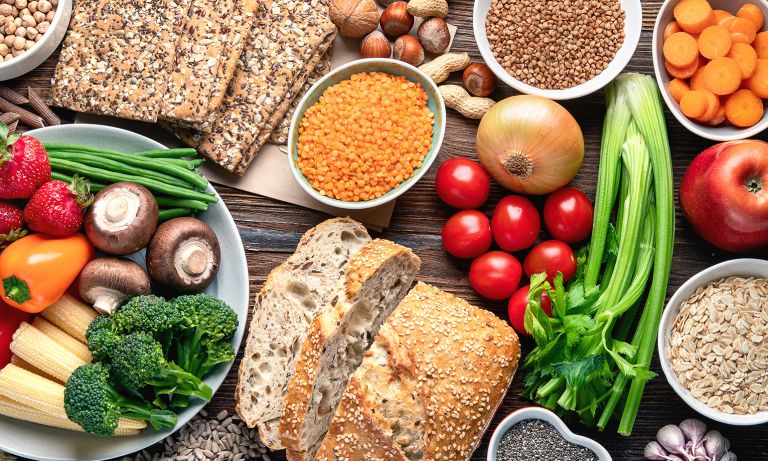The coast of Maine may be my favorite place in the world for its rocky beauty, people’s character, sense of history, and food. One of my happiest memories is the six months I lived and worked in a house by a small harbor. The coast is big. It takes four-and-a-half hours to drive it by the fastest route, which cheats by running partly inland. Stretched out, the coastline would run for more than 3,000 miles, and that’s not counting islands.
The town with the strongest sense of coastal Maine life in Stonington, at the foot of Deer Isle, is connected to the mainland by a tall, narrow bridge. Stonington has by far Maine’s largest concentration of lobster boats. It’s very picturesque, with limited evidence of either the good or ill effects of tourism, and it lies on Penobscot Bay, which is a candidate for the most beautiful bay in the world.
Fishers unload their haul at Stonington, Maine’s lobster capital. To see the bay properly, take the “mail boat” from Stonington to Isle au Haut, a few miles south at the bay’s edge. Then, if you’re back in town early enough, you can watch the lobstermen unload their catch. From there, head to 36 Main Street and eat a lobster with the locals at the Harbor Cafe. Back on the mainland, hang a left at Brooksville for the Cape Rosier peninsula. Near Harborside, lovers of organic veg will enjoy a stop at the famous Four Seasons Farm (609 Weir Cove Road, fourseasonfarm.com), run by eminent gardener Eliot Coleman to buy produce, books, and artworks from the local artist collective. Photograph: Alamy.
To the southwest, the other side of Rockland, lies the northeast’s best spot for oyster farming, the Damariscotta River. It’s a long tidal inlet, in whose lower portion the cold water and balance of salt produce slow-growing, full-flavored, fine-textured oysters. If you want to open them yourself, buy them at the little shop at Glidden Point Oyster Co. If you’d rather have someone else do the work, sample them at King Eider’s Pub in Damariscotta town.
When I first began to eat in Boston some years ago, it was a gastronomic backwater and appeared to suffer from a strong, lingering Puritan influence. Of course, it had been known for certain foods — baked beans (which can be excellent), cod (ditto), and the incredibly old-fashioned-sounding Indian pudding, cornmeal mush with molasses. Now Boston restaurants are totally up to date. Some of the best get their humanely raised, organically fed poultry, rabbit, pork, and other things from Pete & Jen’s Backyard Birds up the road in Concord, Massachusetts. Taste these excellent meats at Bondir, a contemporary restaurant in Cambridge, just over the Charles River.
Cranberries, an ultra-American, originally wild fruit, are harvested at the end of September and early October. It’s fascinating to see the harvested red berries floating in a flooded bog, but they are only for processing. For keeping, they must be harvested dry, which machines do nowadays. Kristine and Robert Keese of Cranberry Hill Farm in Plymouth, Massachusetts, became the first certified-organic cranberry growers in the US almost 20 years ago. You might catch their two-day harvest in season and buy straight from the growers (call first).

READ MORE :
- 7 Ways to Enhance Your WordPress Site in 2016
- How to Select the Best Android Tablet
- Confused With All the Travel Information on the Internet?
- Travel deals: Bargain trip to Bali, biking and boating in Europe
- How to Rent My Property
In the shadow of New York, the food of Philadelphia is underappreciated by those who haven’t been. I’ve come to know the city and its ever-increasing number of good restaurants only as an adult. The famous Reading Terminal Market is full of energy at weekends and jammed with people coming to buy from the countless purveyors, including the Amish. Buy a soft Philadelphia pretzel ($2) at Miller’s Twist.
Philadelphia is known for scrapple, a loaf made of cornmeal with pork scraps, liver, and spices – a polarising food. It’s served sliced and fried crisp on the outside. I once immersed myself in the topic, doing a blind scrapple tasting, looking for the best. It’s diner food, widely available at the market, and no one who loves it seems to complain about the quality anywhere.
Heading southeast from Philly, the former manufacturing city of Baltimore is still an important seaport. It sits on the wide Patapsco River, which joins the Chesapeake Bay. Baltimore has grit and character. Chefs draw on the enormous and wonderful bay, one of the world’s most biologically rich bodies of water. Blue crabs are not only delicious but also the most important food that comes from the bay in terms of quantity. They’re at the soft-shell stage from May to September. It’s fascinating to watch the crab’s molt, which takes place in “floats” – special crab pens on the water or at the water’s edge. They’re easy to spot in areas on the eastern shore of the Chesapeake, such as around Crisfield. But Baltimore is where the chefs cook them best.
I grew up in Maryland and loved its hilly farmland, which settled over three centuries ago. Much of it has been swallowed up by housing, but a new generation of small farms provides great local ingredients. A key Chesapeake item, nearly lost in the 20th century and now being revived, is the pretty and tasty hot fish pepper, an African-American chili once associated with Baltimore’s oyster- and crab houses, which explains the name. As the fish pepper ripens, it becomes green-and-white striped before turning red. A great proponent of Chesapeake food is Spike Gjerde, the chef at Baltimore’s Woodberry Kitchen. You can buy dried fish pepper and fish pepper hot sauce there and eat the pepper and other prime ingredients in various dishes.



